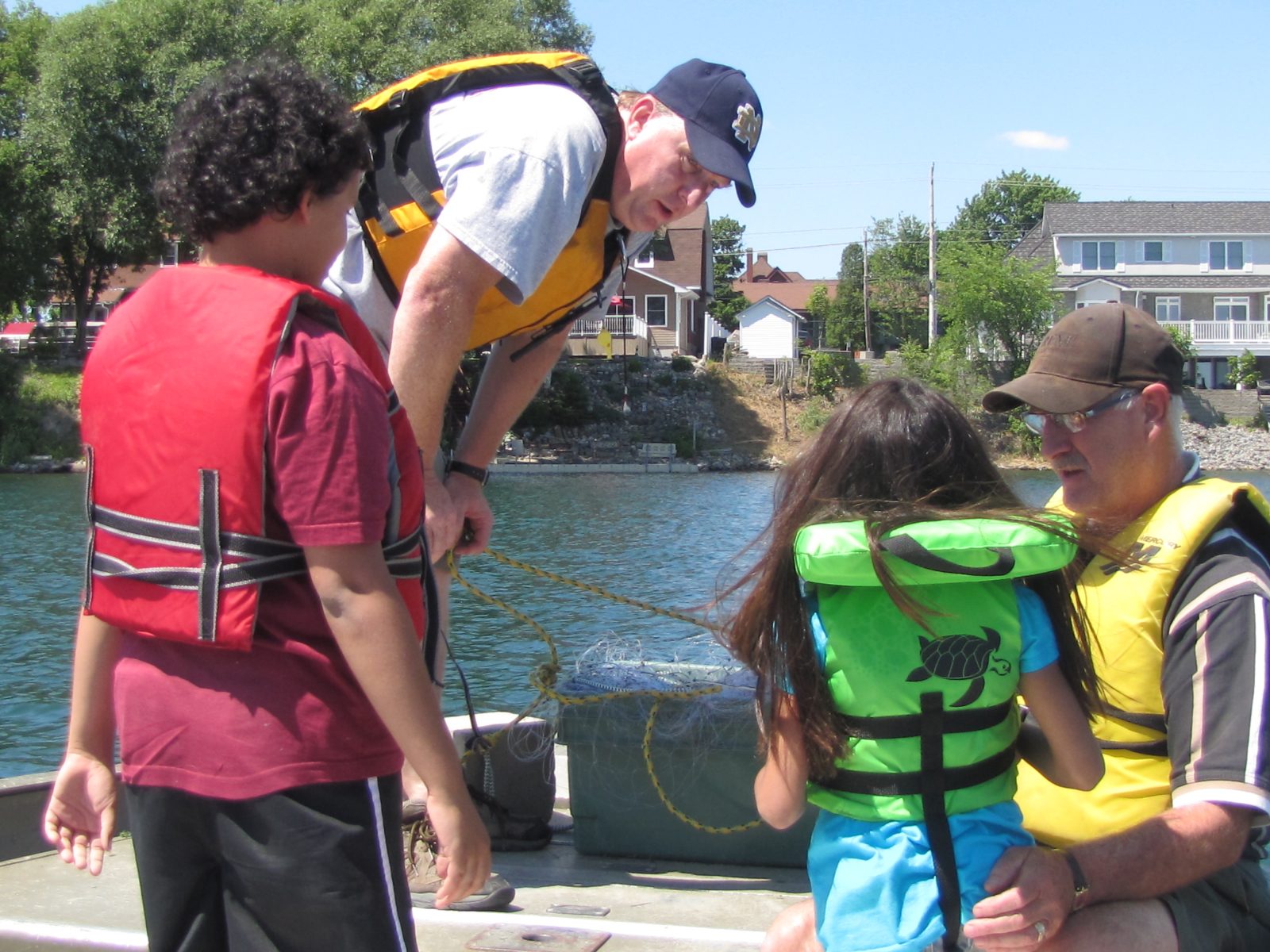A study is set to take part later this year which could determine if there are different sub-species of walleye living in the St. Lawrence River ecosystem.
St. Lawrence River Institute researchers and representatives of Ontario Power Generation and Akwesasne could begin work on a study later this year which could ultimately conclude there are as many as four different sub-species of the popular fish anglers often pull from the river.
It has been thought that there is only one species of walleye locally, but anglers in Akwesasne have pointed to small differences in the fish they catch that they suggest could point to the existence of completely new sub-species.
Dr. Brian Hickey, a St. Lawrence River Institute scientist, said in an interview that several local resources will be consulted to determine whether what native anglers are saying is true.
“We want to see if we can determine if there are different walleye populations,” said Hickey during the river institute’s annual open house.
Researchers will also be collecting data on mercury levels in walleye.
For years scientists have been tracking mercury levels in game fish that many people eat locally. Part of the walleye study could determine that if different subspecies exist, some might not have as much mercury contaminants as others – which would allow fish consumers to steer clear of those that are more dangerous.
Hickey told Seaway News that for years it had been thought that industrial contaminants from riverside manufacturers were the chief cause for elevated contaminants, including mercury, in fish populations.
But a new culprit has come to light recently.
“Wetland draining could also be a (significant) source of contaminants,” said Hickey.
As commercial and residential development along riverbanks increases in Ontario, more wetlands are being drained. Hickey says wetlands are often a natural collector of contaminants, including mercury.
“When they are drained…you create conditions where this mercury can be released,” he said.
While the hope is that the walleye sub-species study can begin later this year, it is still awaiting official approval.
Hickey is confident approval is coming soon.



